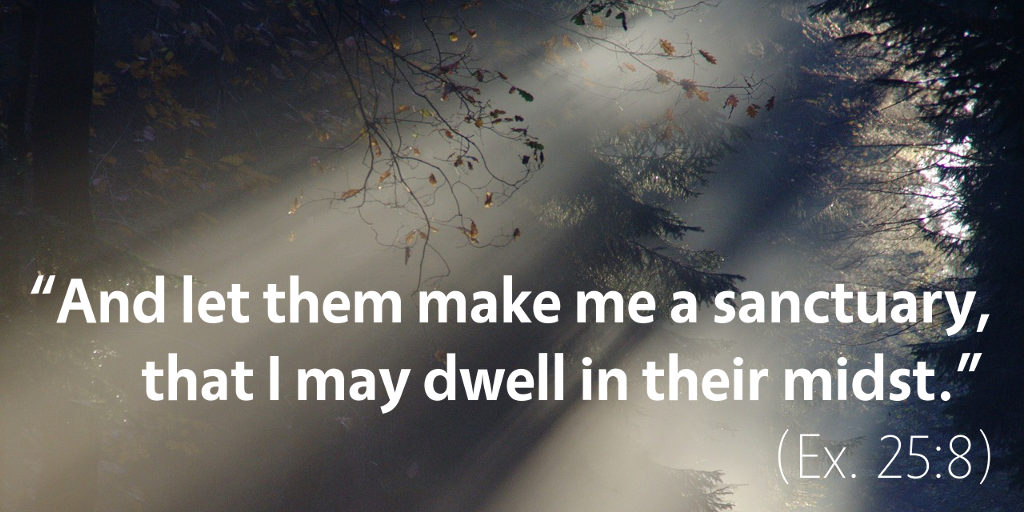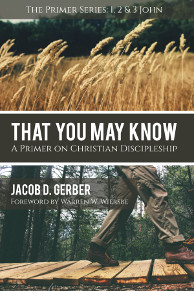Bible Readings for March 14th
Exodus 25 | John 4 | Proverbs 1 | 2 Corinthians 13
For modern readers, the detailed instructions that Yahweh gives for the construction of the tabernacle can become a bit tedious—something like reading a complex instruction manual without any pictures. This is our problem, though, and not the text’s. If we pay careful attention to what is written here, there is a huge theological payoff.1
To understand the theology of the tabernacle, we must recognize that Yahweh is explicitly rebuilding the Garden of Eden here. Consider each element of the tabernacle that we read in Exodus 25:
-
Yahweh’s stated intention for building the tabernacle is “that I may dwell in their midst” (Ex. 25:8), just as he had dwelt in the midst of Adam and Eve in the Garden.
-
Just as the Garden contained a source of wisdom (the Tree of the Knowledge of Good and Evil), now Yahweh instructs Israel to place a better source of wisdom (his law) within the ark of the covenant (Ex. 25:16).
-
Protecting the ark are two cherubim (Ex. 25:17–22), just like the cherubim that were placed as guards at the entrance of the Garden of Eden after Adam and Eve were expelled because of their sin (Gen. 3:24).
-
The table for the bread of the Presence is to be adorned with pure gold, just as there was gold in the land of Havilah, which was watered by the rivers that came out of Eden (Gen. 2:11–12).
-
The golden lampstand is described with tree language, such as “stem,” “calyx” (a part of the flower), “flower,” “branches,” and “almond blossoms” (Ex. 25:31–40). Therefore, in the golden lampstand we are clearly meant to see a new Tree of Life.
The tabernacle would be the place where God’s presence could dwell in his full holiness, a place untouched by sin and death. Where Yahweh had enjoyed perfect fellowship and communion with Adam and Eve in the Garden, so now he is commanding the construction of a place where he can enjoy partial fellowship and communion with his people.
The tabernacle is the entire reason that Yahweh had redeemed his people, bringing them up out of the land of Egypt. He promised to take his people to himself as a husband takes a bride, and now he is doing exactly that. He will dwell in the midst of his people, physically taking up residence in the very center of their camp. In this way, he would be their God and they would be his people.
All of this, of course, paved the way toward the ultimate Tabernacle, when the Word would become flesh, tabernacling among us (John 1:14). In Jesus, God dwelt physically among his people, and when Jesus returns, he will again dwell with his people for all eternity as their God (Rev. 21:3).
We will continue to consider the theology of the tabernacle in tomorrow’s meditation.
1 For this meditation, I am heavily indebted to the work of G. K. Beale in his masterpiece book The Temple and the Church’s Mission: A Biblical Theology of the Dwelling Place of God (Downers Grove, IL: IVP Academic, 2004), 66–80.
Podcast: Play in new window | Download (5.2MB) | Embed
Subscribe: Apple Podcasts | RSS | More

Scripture quotations are from The Holy Bible, English Standard Version copyright © 2001 by Crossway Bibles, a division of Good News Publishers. Used by permission. All rights reserved.


